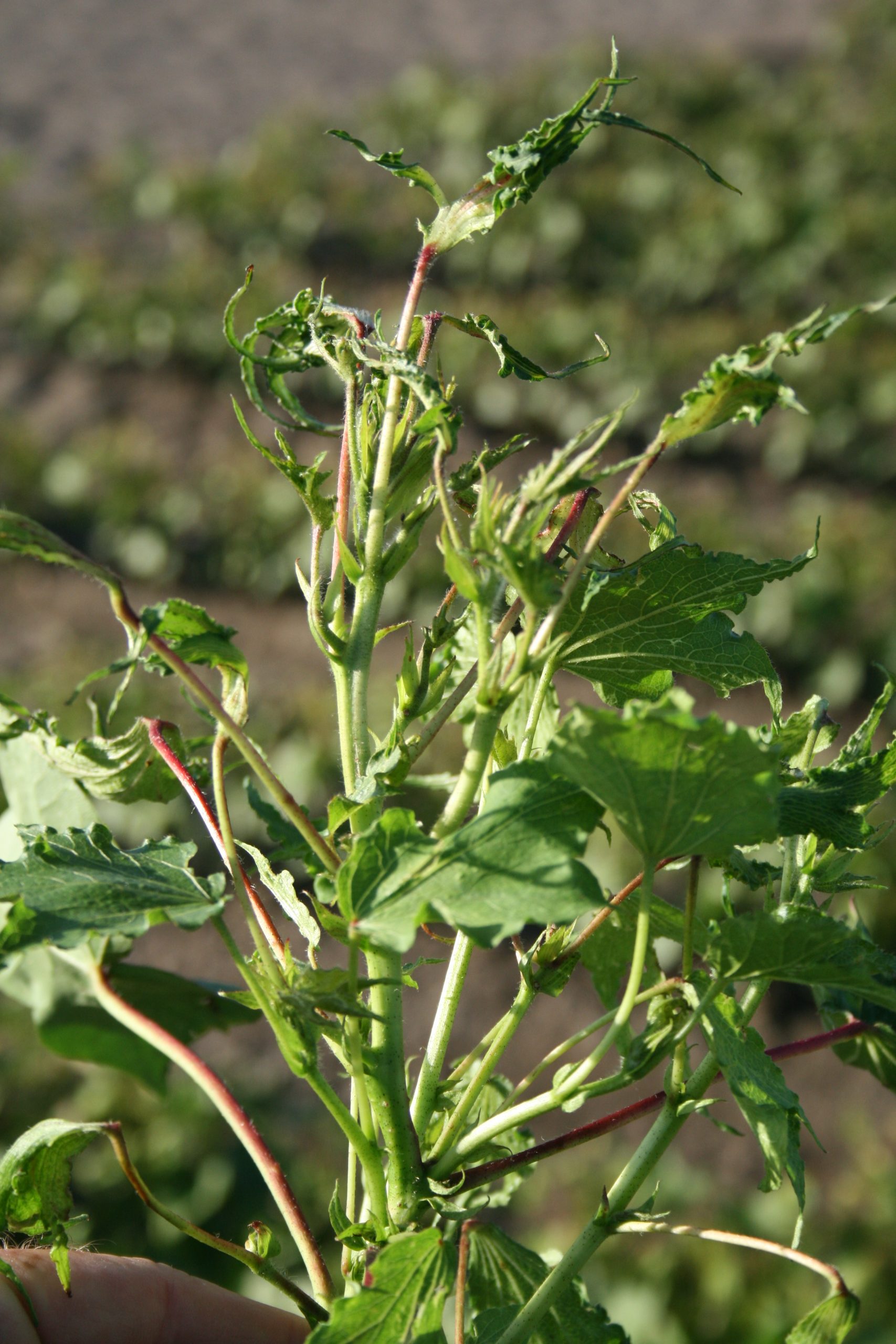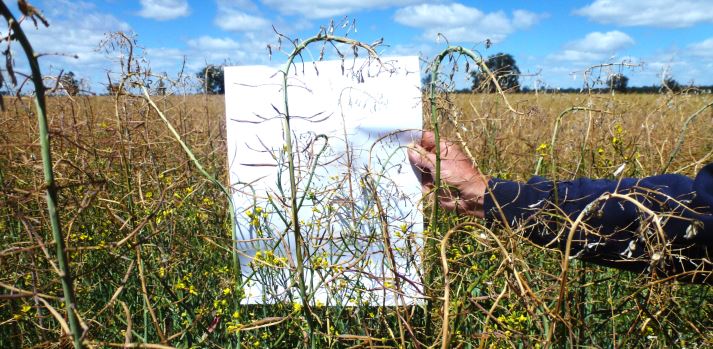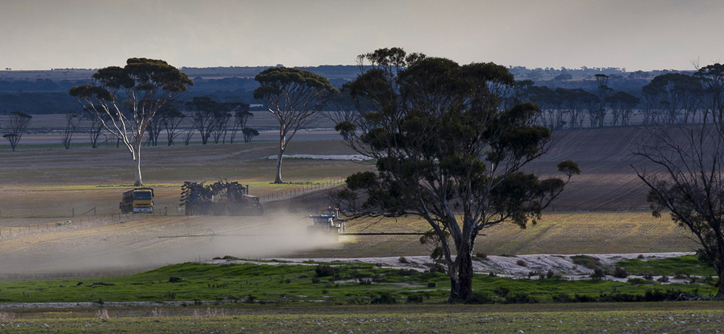Each summer we see the same pattern of chemical trespass onto cotton crops as broadleaf herbicides such as 2,4D are applied onto bare fallows upslope from cotton plantings, leading to significant crop injury and financial loss.
The result is devastating for cotton growers; in fact, Cotton Australia reported in February 2016 that 60,000 hectares of cotton were damaged at a cost to the industry of around $20 million dollars, the worst level of damage for 30 years. Now we read of 6000 hectares of damage to cotton plants by off-target movement of herbicide in and around Walgett during Christmas 2017 and so the sorry saga continues. Ironically some may have sprayed at night to avoid the very high temperatures gripping the area through Christmas with temperatures around 40 degrees with low humidity.

Cotton image is courtesy of Greg Kauter (Cotton Australia).
Locate cotton plantings in your area by referencing http://www.cottonmap.com.au/Map .
A good starting point is to seek clarification to some questions, such as:
- What is/are the offending formulation/s out of the 2,4D acids, salts, low volatile esters and high volatile esters (HVE) (remembering that it’s illegal to use HVE formulations of 2,4D in all states bar WA)?
- Which spray rigs were operating in the area in the leadup to the trespass event, both during times of inversion risk and during times of high temperature induced volatilization risk (which salt formulations are not immune to)?
With reports of chemical trespass events occurring because of temperature inversions moving herbicides off target as far away as 70 kilometres; it yields a potential net of 15,000 square kilometres, surrounding Walgett alone; therefore, catching the offenders would need a team of investigators.

It is interesting to note that the prominent prosecutions and fines issued under the Pesticide Act in NSW detail applicators who didn’t bother to read the product label, who breached label directions, or were untrained and/or failed to make records of application. So, from these prosecutions and observations in the field, it is reasonable to assume that the offending parties in this Walgett event are mostly untrained, see the keeping of spray records as a nuisance detracting from their business and/or have no regard or duty of care towards their neighbours. It is also possible that some of the spray drift damage is a concentration of small amounts of driftable fines from a number of spray rigs operating in the area who are responsible operators working within acceptable practice. It is just that the practice requires some further fine tuning given just how sensitive cotton is to very small doses of 2,4D and just how hot our summer climate can be.
Trends
Looking at trends in recent years there has been a shift towards larger spray rigs, faster travel speeds and presumably higher boom heights, and night spraying, all potentially contributing to an increase in off-target chemical trespass. The Bureau of Meteorology tells us 2017 was the third warmest on record and that 7 of Australia’s warmest years have occurred since 2005, and we know volatility is positively correlated to temperature and hours of exposure, and more so for the esters over the salt formulations (see 1).
Another emerging trend is towards autonomous spraying, let’s hope these systems are coupled to onboard weather stations with pre-set minimums and maximums shutoffs for temperature and wind speeds, and scheduled to operate in accordance with programs like Nufarm SprayWise or Syngenta Weather. Without such protocols, the situation in the future could be very much worse.
Next Step
This is a story not specific to cotton but includes canola, grapes, and many other trees and row crops as well, and indirectly cereal crops given the widespread use of glyphosate and 2,4D in fallow sprays, even graziers spraying thistles, and nor is the issue a NSW one alone. As such there are many stakeholders involved, but as is often the case, to achieve positive outcomes is difficult given the diversified and fragmented nature of groups involved in initiatives such as the National Working Party on Pesticide Application, even before considering the complexity of the issues involved.
If you do want to have your say on spray drift management at a national level via the Australian Pesticides and Veterinary Medicines Authority (APVMA) and product label restraints and drift modelling, go to https://apvma.gov.au/node/28071 and provide your comment before the 30 th March 2018.The APVMA will take a lengthy and considered approach to the seven factors highlighted in their submission criteria and the submissions themselves, but at least if the key issues and concerns of industry experts regarding spray drift/chemical trespass are tabled appropriately, prescriptive mechanisms via label restraints, buffer zones etc. will be proactive and not reactionary.
The problem as always is enforcement, will the Environment Protection Authority (EPA)/state control of use regulators have the funds, personnel, the strength of will and legislative muscle to catch and convict those who trespass chemical onto their neighbour’s crops in direct contradiction of the labels spray drift restraints?
1. Baskin, AD & Walker EA (1953). The responses of tomato plants to vapors of 2,4-D and/or 2,4,5-T formulations at normal and higher temperatures. Weeds, 2:280-287.




